Pilea drooping can be hard to witness for their caretakers. The plate-like leaves of Pilea rise actively with proper care but can bow down and wilt with hit-and-miss care!
Are you worried about your Pilea drooping? Fret not, as the plant can get out of this menace with a few care tips and strategies.
Table of Contents Show
Is it Normal for Pilea Drooping?
Pilea is a plant with a long linear stem, which looks gloomy while drooping. But it is normal for the Pilea plant to wilt under different conditions.
Pilea reacts to conditions they are not used to. While changing from one environment to another, one light and water condition to another, Pilea takes time to adapt.
Do not overstress yourself. Your pretty Pilea is not dying.
It is not only you or only me. Everyone with Pilea as their decoration plant may face this problem once in the plant’s lifetime.
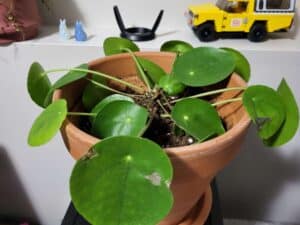
8 Possible Causes for Pilea Drooping [With Solutions]
Pilea Drooping is caused by various substantial factors which directly or indirectly contribute to the plant looking gloomy and losing its natural composure.
Common causes of drooping include improper lighting, watering, pests, repotting, varying temperatures, and changes in the color of the leaves.
Let’s have a look at a quick summary of possible causes.
| Causes | Solution | Prevention |
|---|---|---|
| Inappropriate Lighting | Bright, indirect but not harsh. | Avoid relocating the healthy plant to new, low light environment. |
| Overwatering Issues | Avoid watering for few days and let the plant dry out. | Always water the plant as required for its size. |
| Underwatering Issues | Immediately water the plant. | Improvise a watering schedule and stick to that. |
| Pests and Insects Infestation | Use suitable pesticide. Horticultural oil does better. | Natural insecticides should be used on a regular basis to avoid infestation. |
| Repotting Stress | Take the plant out of the soil and put it into the water. | Handle the plant, specially the root ball, while repotting. |
| Temperature Extremities | Keep your plant cozy and let it recover. | Place your plant near an AC vent or a window with passing breeze. |
Continue reading to learn everything there is to know about drooping Pilea.
1. Inadequate Lighting
Pilea, or the “Chinese money plant,” prefers warm, bright, indirect sunlight, but not too harsh.
Due to the conditions it enjoys, the plant is excellent for indoors rather than outside conditions.
You should rotate the plant once every two to three weeks in a specific direction to prevent it from wilting.
If the plant is under continuous shade and not getting the required sunlight, Pilea may lose its shape and sag.
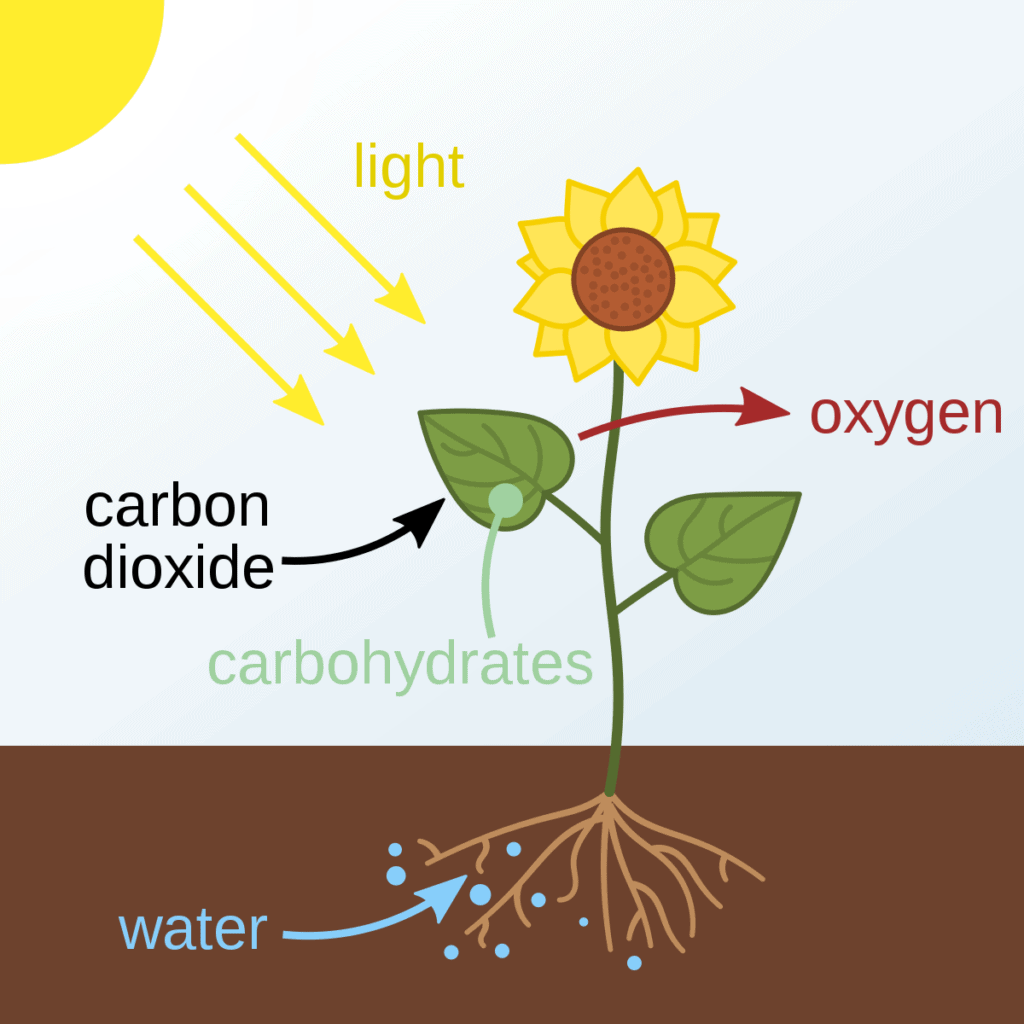
Low light causes slow growth, reduces water use, and reduces water evaporation, resulting in the soil staying wetter for a more extended period. And moist soil equals root rot which leads to the plant drooping.
Solutions
- Move your Pilea pot to a sunny, south-facing window and observe its condition.
- Make sure the light is not too scorching and indirect.
- If you don’t have enough sunlight, resort to artificial lights.

2. Overwatering Issues
Like many other terrestrial plants, Pileas will not thrive and be at their best on too much soggy soil.
Overwatering the plant doesn’t only cause drooping but also root rot, ultimately being the principal cause of its death.
Getting rid of excess water in the pot is necessary because if the soil is soggy, it may lead to root rot, causing the plant to droop.
Overwatered Pilea loses its natural green color, making the leaves look pale and yellow.
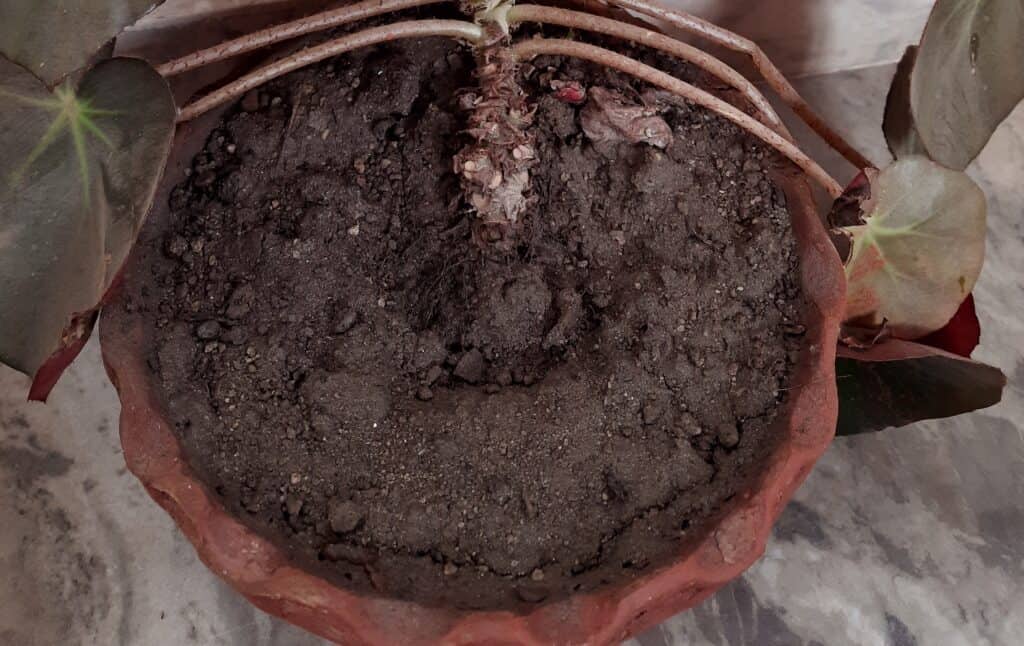
Save an Overwatered Pilea
- It would be best to stop watering the plant and dry the soil.
- Remove the plant from the soil carefully, and prune the damaged roots.
- Rinse the pot thoroughly with a bleach solution. Apply fungicide solution to kill any rot fungus.
- Water accumulation invites a type of water mold, Phytophthora. You can treat mildly damaged plants by letting the soil dry out.
- Prepare a peat moss-based potting mix by adding leaf mold and organic perlite. Mix for African violets works best for Pilea as well.
Preventive Measures
- Water the Pilea plant every 1-2 weeks by allowing the soil to dry out between waterings.
- Resort to terracotta pots with a drainage hole.
- Avoid wetting the plant at night.
- Always have a provision of pot saucers for draining the excess water accumulated in the pot.
- Healthy roots look light-colored and hardy. Occasionally check for the root color.
3. Underwatering Issues
Although underwatering does not pose a grave threat as overwatering, it still damages Pilea and plays a more significant role in drooping.
Due to water deficiency, Pilea cannot get enough nutrients to stand firm and maintain its charm.
Moreover, dry soil for a long time creates a gloomy-looking plant.
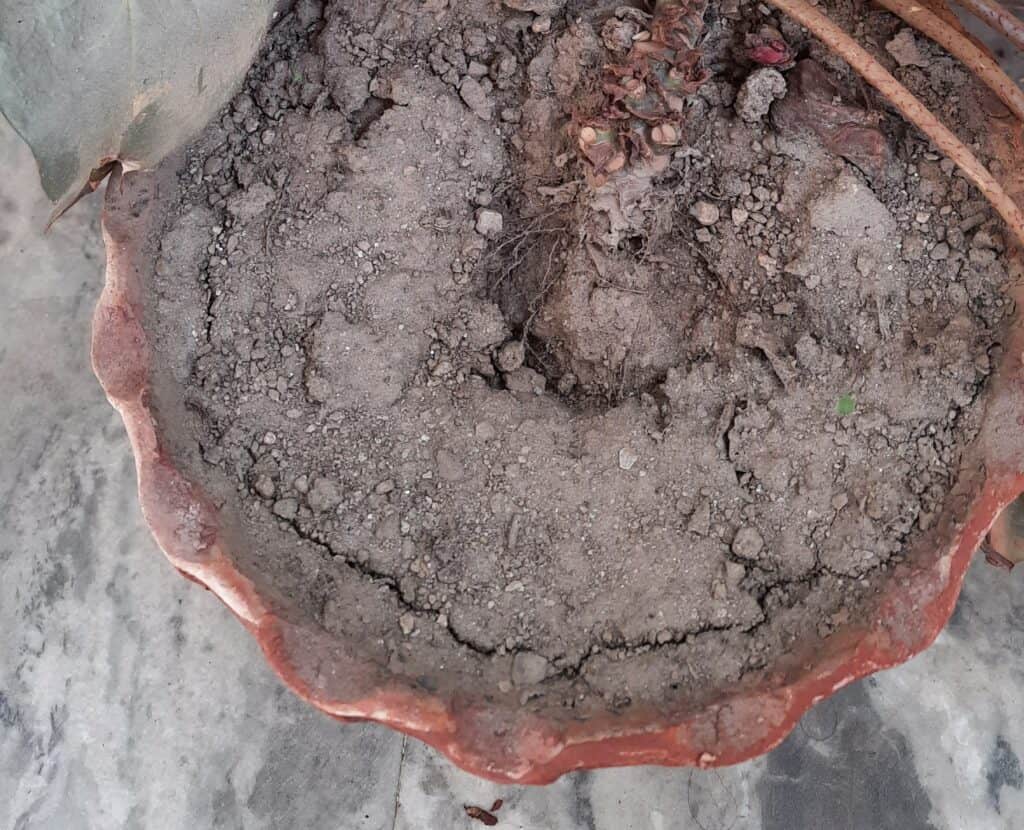
Solutions
- Water the plant immediately and thoroughly, but ensure not to overwater it and make a passage for the water to drain.
- Check the plant by (1) inserting your finger 2-3 inches into the soil and (2) lifting the pot to feel the weight. Dry soil makes the pot feel light.
- Generally, watering this plant once a week will suffice, but that will depend on the amount of light.
- Invest in a soil probe to check the soil moisture.
Want to know how often you should water your Pilea? Read our article “How Often to Water Pilea?”
4. Pests Infestation
Pests and insect infestations are common in plants that are green and succulent.
Pilea is also unsafe from these tiny pesky bugs and may attack the plant’s foliage, primarily causing drooping.
Pilea is prone to various pests like aphids, spider mites, fungus gnats, and mealybugs.
These pests attack the juicy part of the plant, like leaves, and stems and feed on the juices, leaving the plant drooping.
| Insects | Symptoms |
|---|---|
| Aphids (Pear-shaped, green insects) | Foliage looks crinkled or stunted |
| Spider Mites (Spider-like mites shrouded with webbings) | Lower side of leaves have spidery webs |
| Mealybugs (White, cottony masses) | Plant wilts, discolor and curl |
| Fungus Gnat (Larvae of Gnat flies crawling in the potting soil) | Plants will grow poorly and have foliage loss |
Solutions
- Handpick the insects when the number is low.
- Use yellow sticky traps to control the population.
- Use rubbing alcohol diluted with equal water to wipe off the pests. Spray neem oil after wiping the bugs.
- Apply organic insecticides by soil drenching, so the roots stay safe from pests.
- Use horticultural oil to suffocate pests and insects as an immediate solution.
- Always keep an eye on reinfestations.
Preventive Measures
- Pests prefer to attack plants that are growing in poor conditions. A correct amount of light and water is key to avoiding pests.
- Ensure the soil you use to grow the plant is in excellent condition. Clean the outer part of the pot occasionally.
- Keep an eye on the plant and always notice sudden changes in the condition of foliage and roots.
- Regularly inspect the root of the plant while watering them.
5. Repotting Stress
Moving to a new soil condition or environment can be stressful for the Pilea plant.
Like humans, plants, too, need some time to adjust to the surroundings and environment it is brought to.
Pilea sometimes goes into a transplant shock right after the repotting and may lose its composure and start drooping.
If the roots are disturbed during the repotting process, they may show some faults in their functionality.
If the problem is not so severe, Pilea will get accustomed to the environment in a few days.
Solutions
- After transplanting, a weak sugar and water solution can help plants recover faster from transplant shock.
- Trim back roughly a third of the plant parts during trim schedules.
Preventive Measures
There is no sure-shot way to get rid of transplant shock, but you can do these things to minimize it.
- Handle the roots carefully during the repotting process.
- If your plant is rootbound when repotting, free the densely packed roots.
- Trim the plant, keep the roots moist, and ensure the plant has a good drainage system.
- Apply a few inches of organic mulch, such as shredded bark or compost, around the base of the newly repotted plant.
This video would be helpful to get things going for a newly repotted Pilea.
6. Fungal Diseases
Like every other house plant, Pilea is also susceptible to fungal diseases.
Some of these fungal diseases contribute to the droopiness of Pilea, while other types may be too dangerous for the plant.
| Type of Disease | Symptoms |
|---|---|
| Southern Blight | The collar region rots, which causes the stem to collapse. |
| Pythium Root Rot | Droopy plant with brown, mushy and rotten roots. |
| Anthracnose | Water-soaked bruise on leaves. |
| Rhizoctonia Aerial Blight | Lesions turn brownish and spots appear on petioles, stems and younglings. |
Solutions
- Clean the infected parts of the plant with neem oil.
- Place the plant under the sun till the fungus infection goes away.
- Place the infected plant away from other healthy plants.
- You can use Propiconazole, Fludioxonil, and Daconil for anthracnose, blights and root rots.
- If you encounter fungi on your plant, try spraying the baking soda solution, which is antifungal.
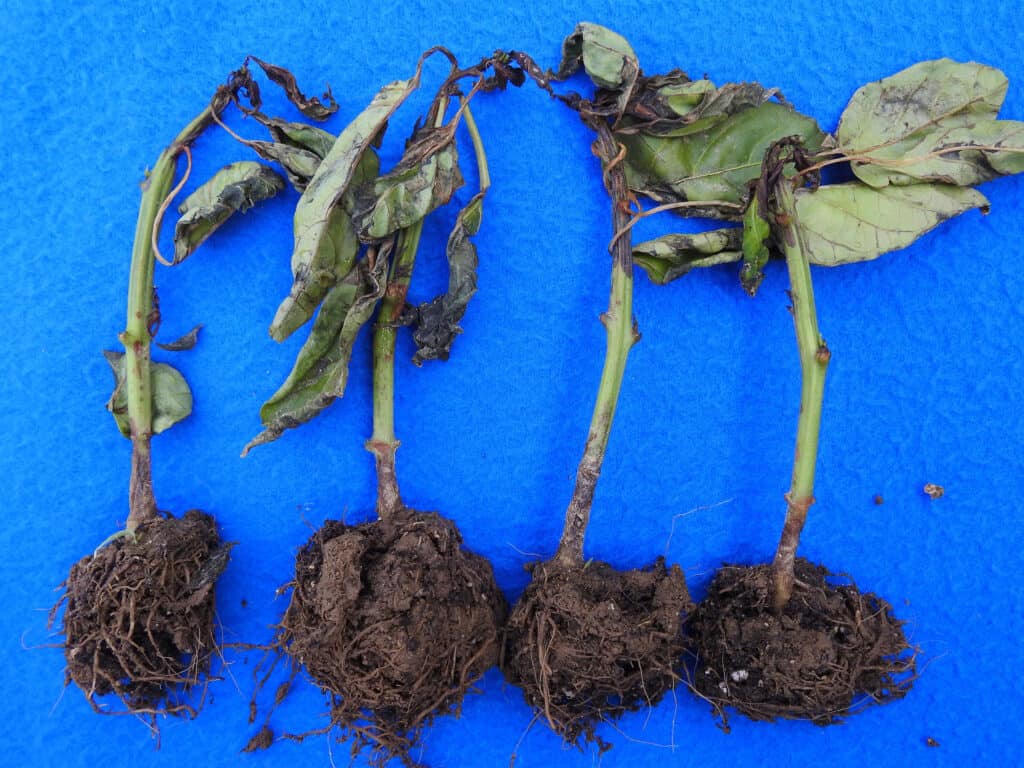
Preventive Measures
- Be careful to check for fungal infections before dividing Pilea.
- Remember to use infection-free materials.
- Don’t overwater the plant, and keep the foliage dry.
- Keep plants away from each other in high humidity.
- Use a humidifier to always keep indoor humidity in check.
7. Temperature Extremities
Pilea can suddenly start drooping if the temperature suddenly changes or cold wind breezes.
Pilea grows best in the temperature range from 60°F to 95°F and can suffer a cold shock if the temperature falls below the optimum range.
Cold drafts make Pilea lose its rigidity. Also, when placed near a windowsill with a regular cold wind flow, Pilea loses heat quickly.
You should keep the plant to its optimal temperature and check for a sudden rise or drop in temperature.
Also, exposure to temperatures outside its comfort zone may cause the Pilea to wilt.
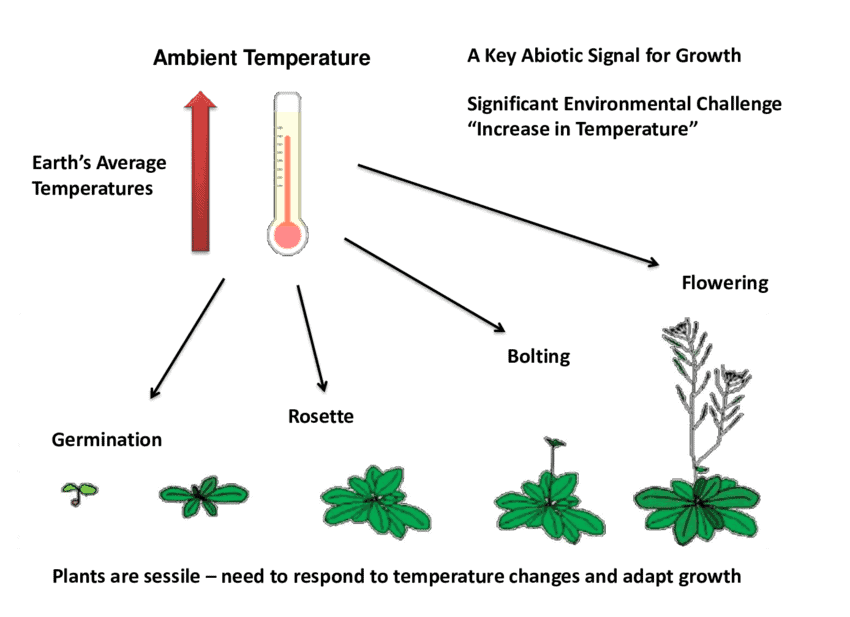
Solutions
- Keep the Pilea away from drafty windows and front doors to avoid the cold draft.
- Always prune the naturally dead leaves but leave them on the soil as they act like mulch.
- Be sure to water more often, keep the humidity in check, avoid the direct, harsh sun, fertilize monthly, and avoid repotting frequently.
8. Old Foliage
As your Pilea grows, the older leaves at the bottom of the plant start to droop and eventually shed away.
During the shedding process, the leaves may droop and get ready to shed to make way for new leaves.
The process starts with the Pilea leaf turning yellow and a bit drooping, with the leaves falling off eventually.
This plant behavior can generally be seen in fall when the light and temperature drop.
Pro Tips to Keep your Pilea Healthy
No matter why the Pilea starts drooping, you can find the remedy if the reason is found in the early stages.
Below are the tips for caring for your plant and keeping your beloved and lovely plant “droop-free.”
- Ensure your plant is getting bright enough indirect light for darker green leaves.
- Water the plant when 3/4th of the soil is dry. Make sure the excess water is flowing out through the drainage hole.
- Remember to give your plant occasional misting to keep it fresh and humid.

- Pilea would prefer temperatures around 65-75°F. Keep the plant away from heating vents.
- Fertilize your plants once a month during spring and summer using liquid fertilizer.
- Test your tap water for salts and chemicals before watering the plant, and use proper filtration.
FAQs About Pilea Drooping
Why is My Pilea Drooping and Falling Leaves?
Pilea drooping and falling leaves indicate the plant is trying to save its last remaining water by shedding all leaves, which is a way to keep dehydration away.
Should you Bottom Water Pilea?
Pilea can recover from underwatering issues with bottom watering since the approach helps to saturate the soil around the roots.
Does Pilea Like to be Misted?
Misting Pilea twice a week during summer cools down the plant and helps it recover its erect, dark green leaves.
Conclusion
Remember that the Pilea plant is sensitive to changes in weather and growing conditions, and droopiness is a means to communicate that something is wrong.
To keep your Pilea healthy, it must be kept in a warm, well-lit environment and watered once every 7-10 days.


